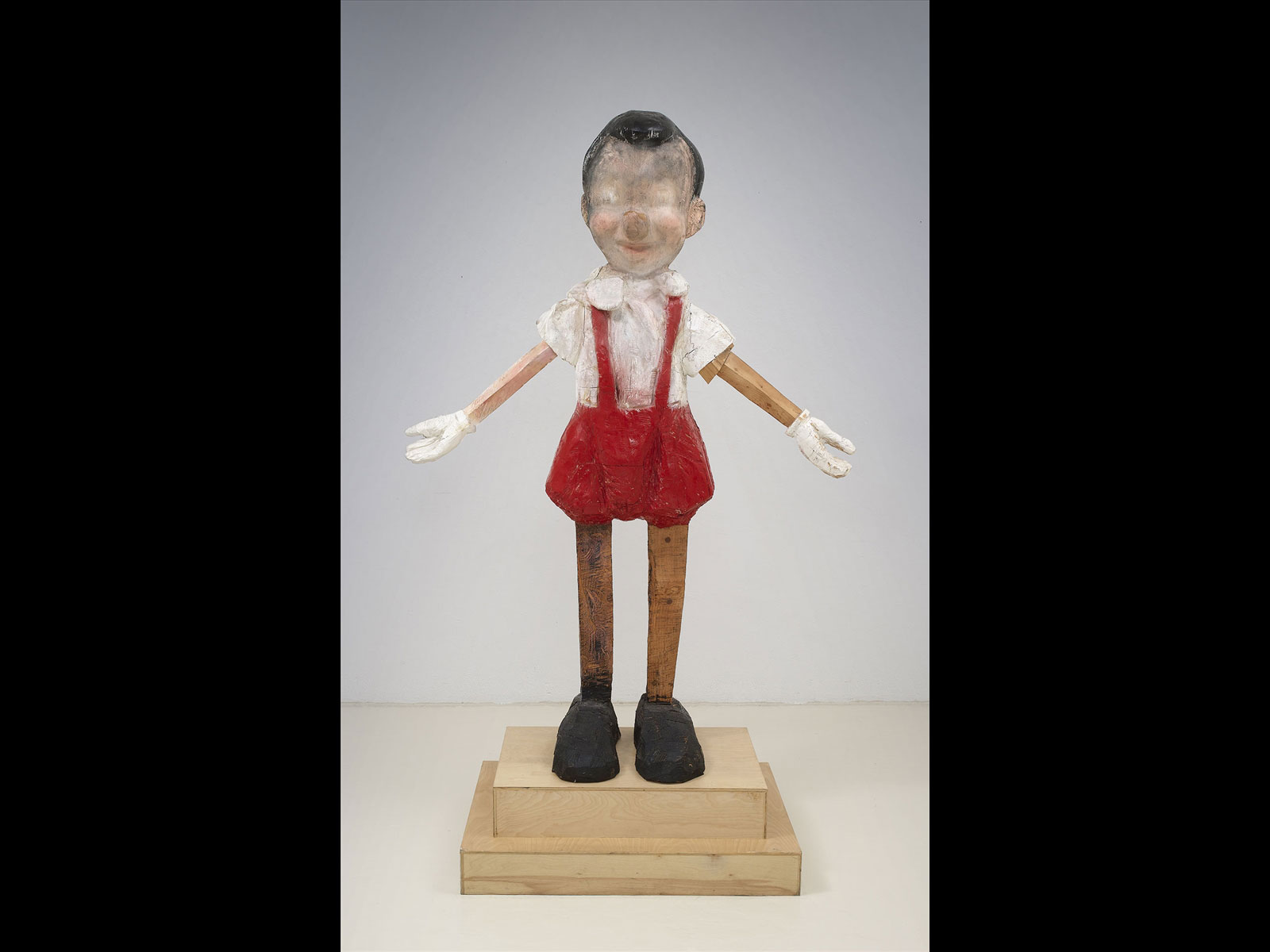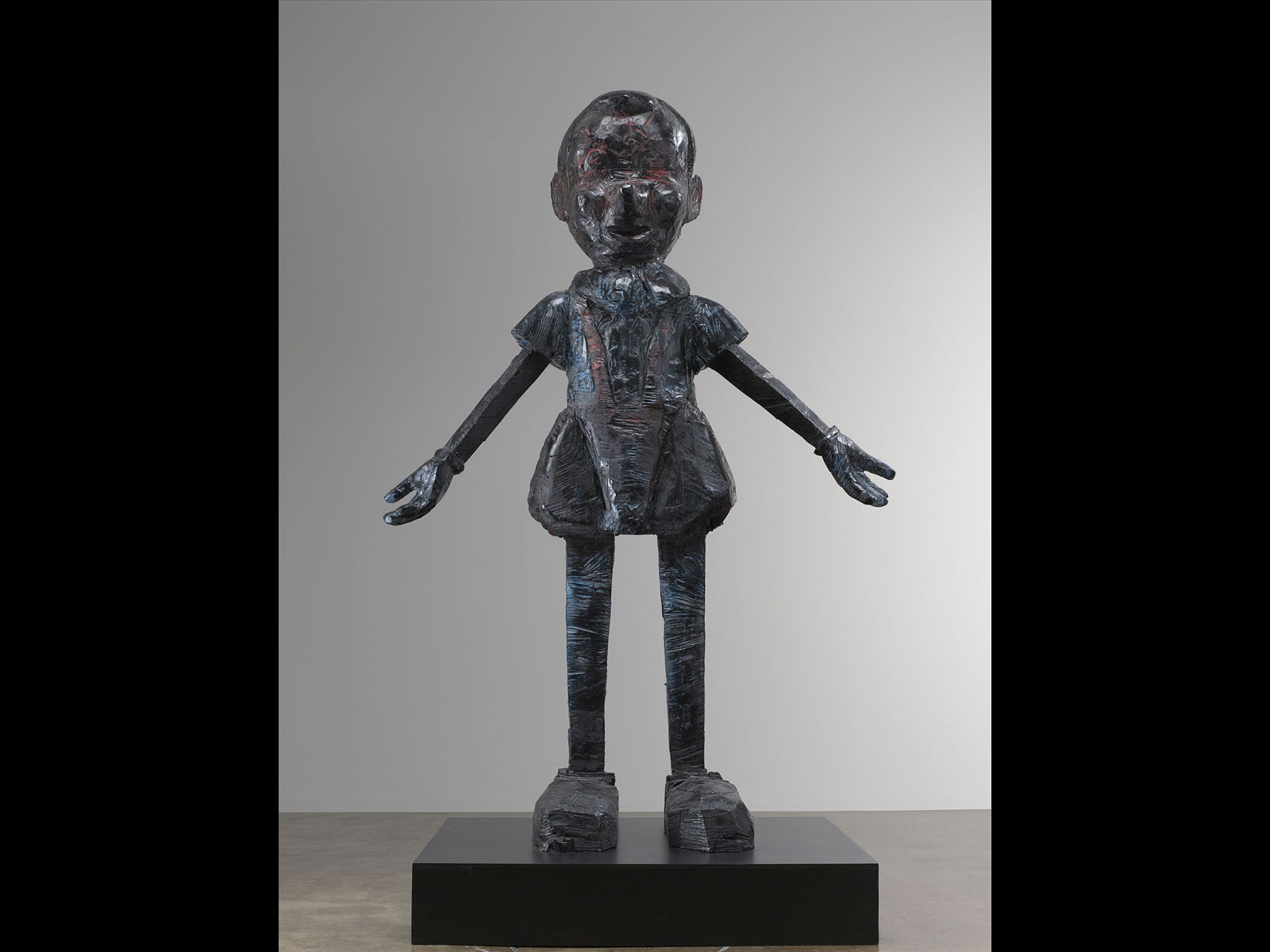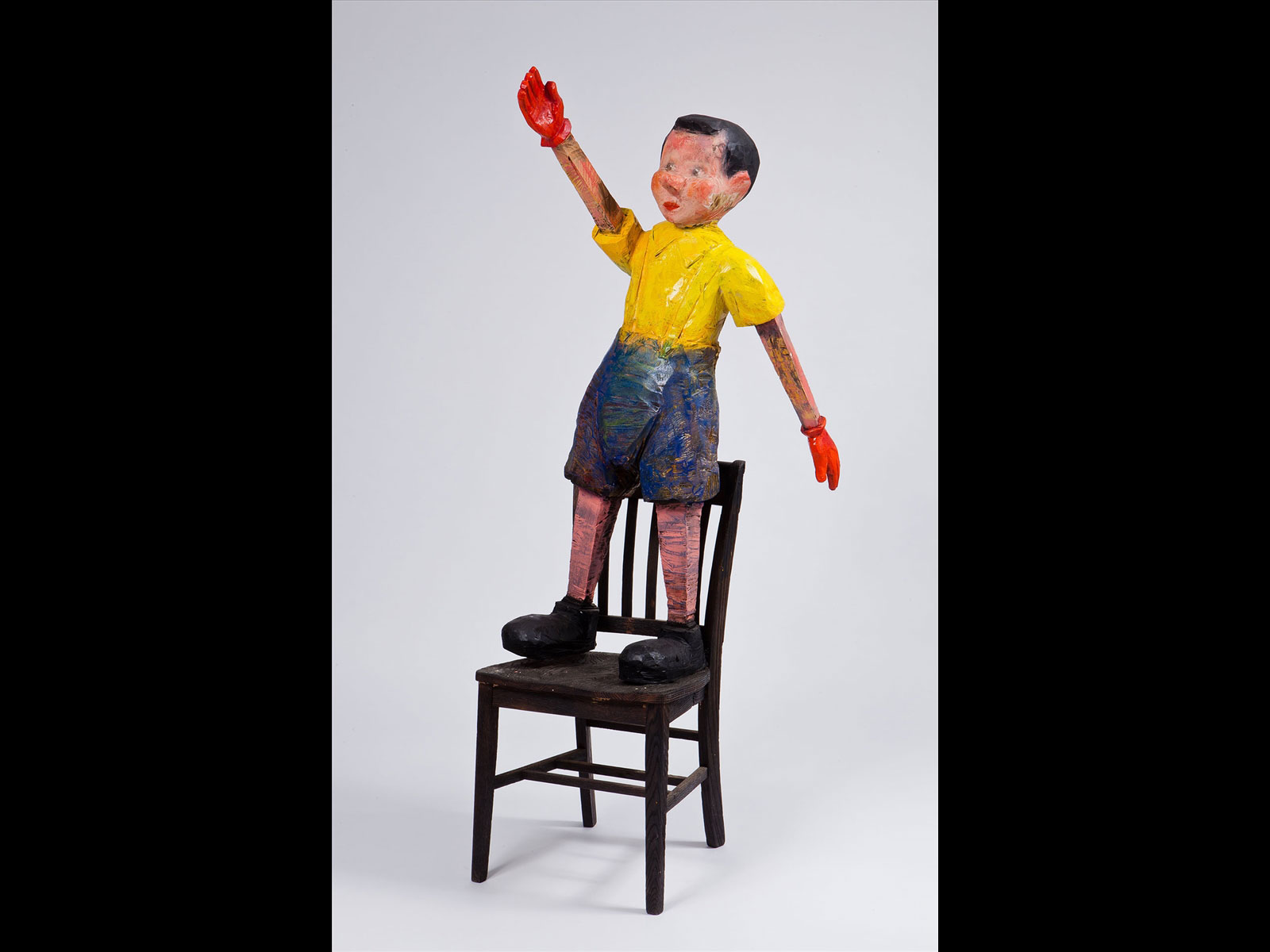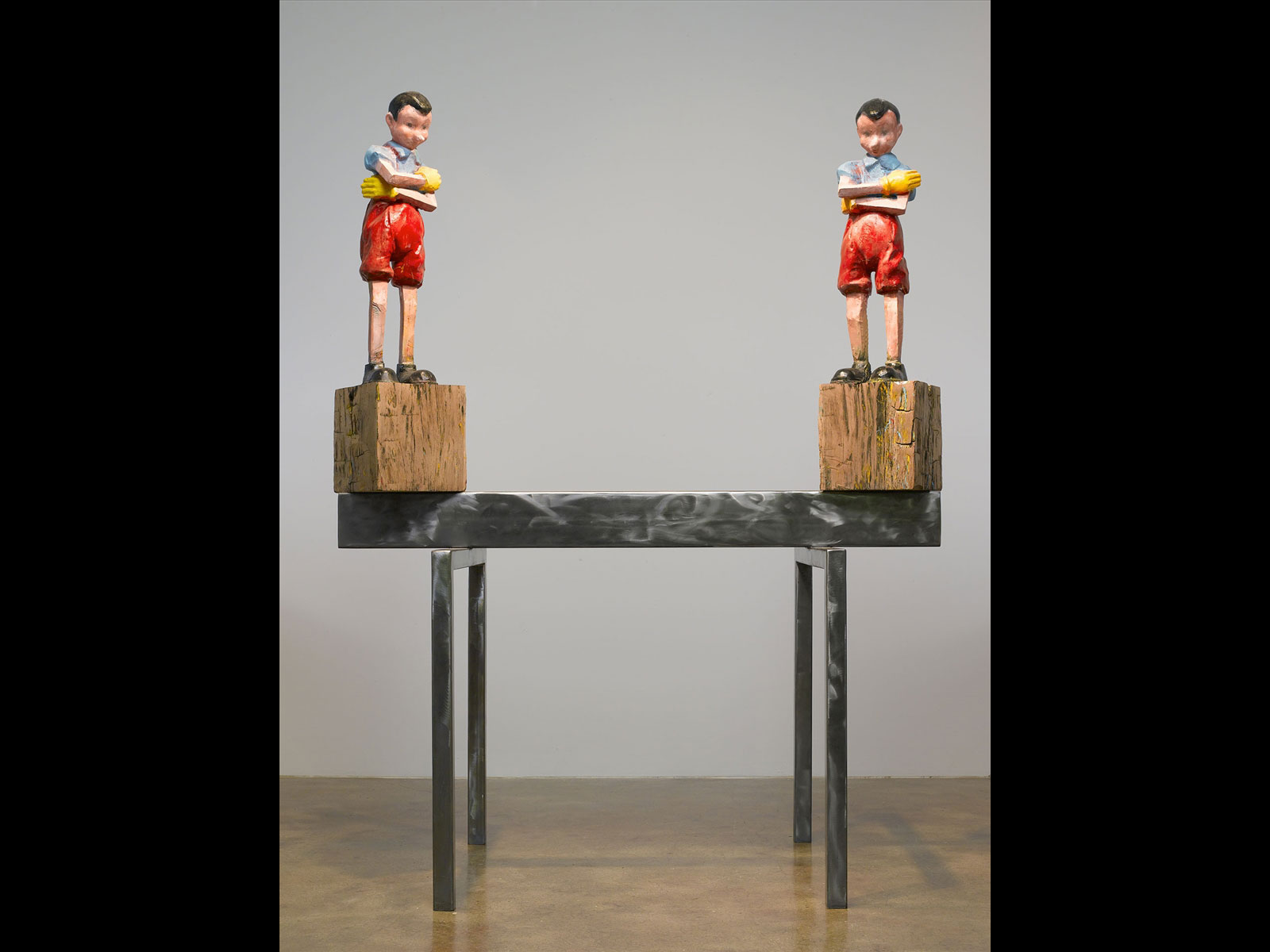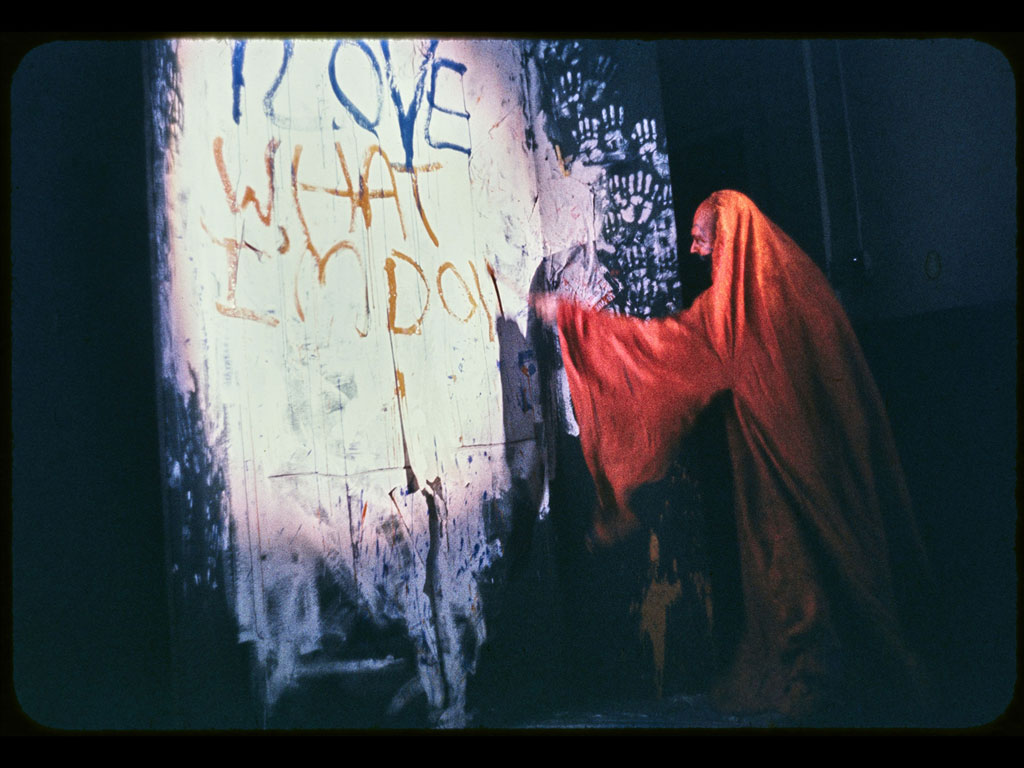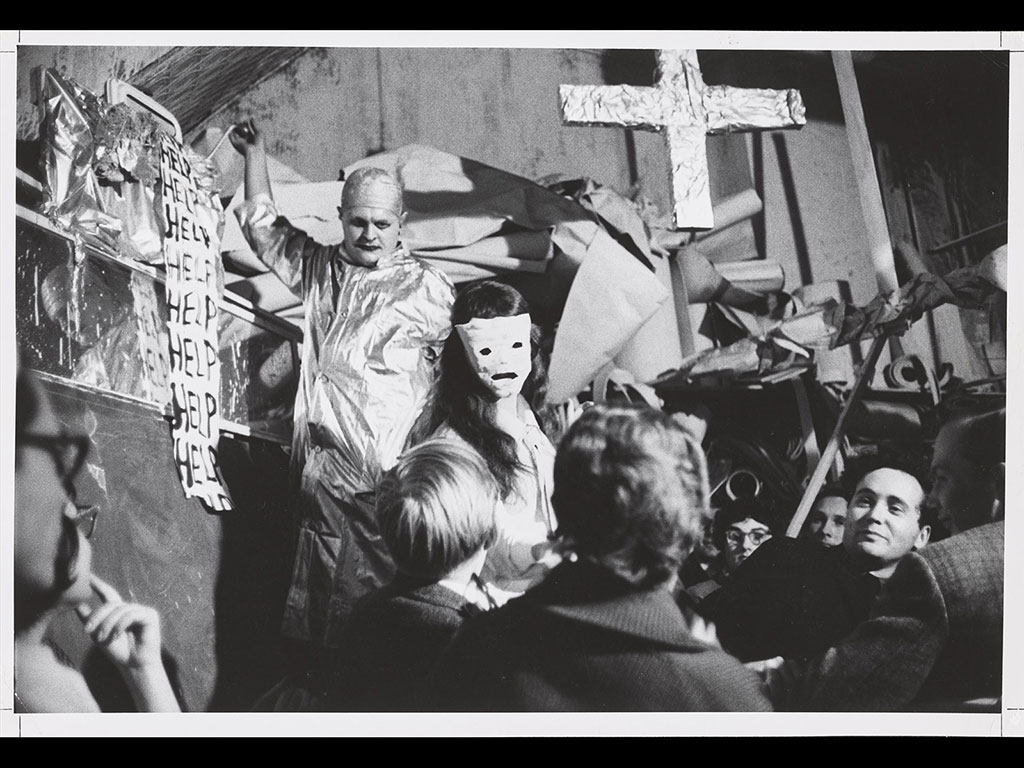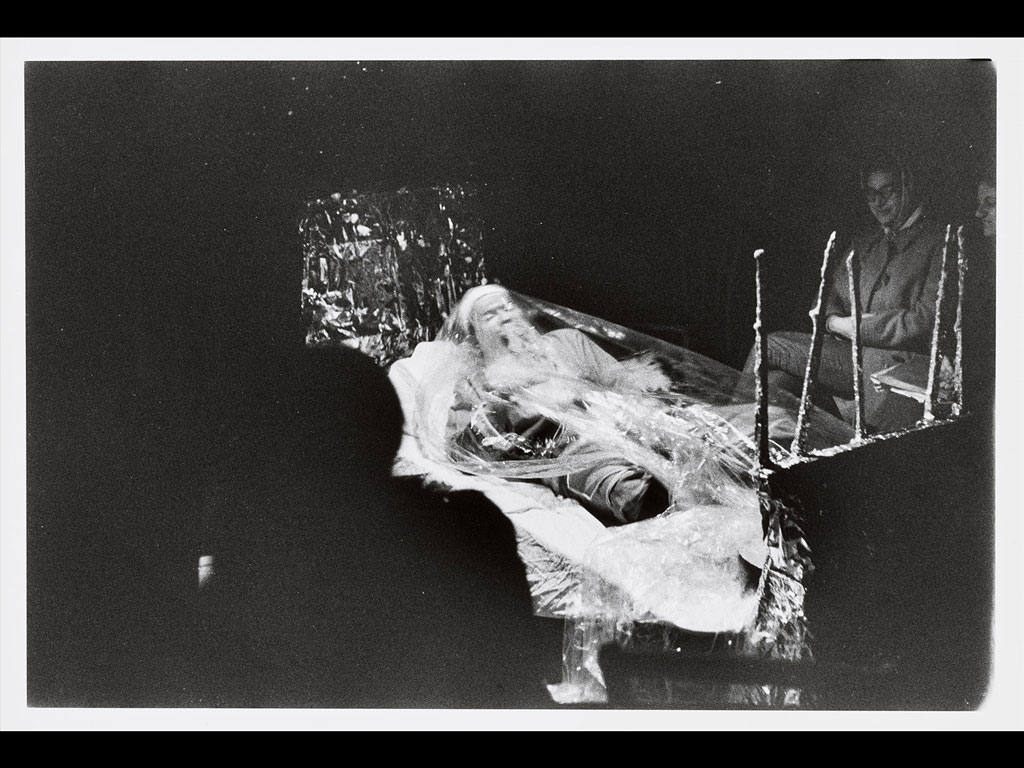ART-PRESENTATION: Jim Dine,Part II
 One of the most consistently innovative artists to have emerged in the second half of the 20th Century, Jim Dine was a pioneer of the Happenings movement and is closely associated with the inception of Pop-Art. Dine’s work often reveals a characteristic interplay between actual and painted objects, where everyday items can be found anchored to his canvases (Part I).
One of the most consistently innovative artists to have emerged in the second half of the 20th Century, Jim Dine was a pioneer of the Happenings movement and is closely associated with the inception of Pop-Art. Dine’s work often reveals a characteristic interplay between actual and painted objects, where everyday items can be found anchored to his canvases (Part I).
By Dimitris Lempesis
Photo: Palazzo delle Esposizioni Archive
Jim Dine’s Retrospective at Palazzo delle Esposizioni showcases 60 works dated 1959 to 2016, coming from Public and Private Collections. An exhaustive iconographical apparatus conveys a visual memory of the famous Happenings accompanied by a narrative in Jim Dine’s own voice. And a selection of video interviews allows visitors to draw closer to the figure of this great artist. Jim Dine continues to be an artist who is difficult to pigeonhole with any precision, chiefly on account of his aspiration to independence and of his refusal to identify with any of the categories devised by the art critics, by art history or by the art market. The exhibition includes two famous 1960s paintings, “A Black Shovel. Number 2” (1962) and “Long Island Landscape” (1963), together with “Shoe” (1961) and “The Studio (Landscape Painting)” (1963), both of which the artist entered in the Venice Biennale of 1964. For Dine, the canvas represents the ultimate manifestation of “unreality”; his found objects, conversely, the embodiment of what is real. The alchemical aspect of translating concrete objects into pictorial landscapes has been a source of fascination and a unifying thread throughout Dine’s extensive career, which has spanned drawings, works on paper, paintings, assemblages, and sculpture. His subjects have included plants, animals, figures, puppets, and self-portraits, and his iconic depictions of hearts, tools, and robes have become the hallmark of his oeuvre. In recent years he has created powerful large-scale works using acrylic paint, sand and charcoal embodying abstraction and motion.
Born in Cincinnati, Ohio, in 1935, Jim Dine moved to New York in the late 1950s. During the early 1960s Jim Dine was part of a loosely affiliated group of artists including Red Grooms, Claes Oldenburg, and Lucas Samaras, who extended the gestural and subjective implications of Abstract Expressionist painting into outrageous performances, subsequently known as Happenings in now legendary venues as Judson Church and the Rueben Gallery in the course of the 1960s. Immediately after that, “I turned my back on that world of performances; I wanted to focus on my work as a painter and sculptor”. Inspired by John Cage’s radical approach to musical composition, which involved chance, indeterminacy, and an emphatic disregard for all artistic boundaries, they sought to transgress preexisting aesthetic values. Dine and Oldenburg brought this sensibility to bear on a two-artist exhibition called “Ray-Gun” held at the Judson Gallery in New York in February and March 1960. For the show, each artist made an installation consisting of a chaotic configuration of found and manipulated objects. In Dine’s jumbled environment, “The House”, the walls and ceiling of the gallery were effaced by an agglomeration of painted cloth, fragmented domestic objects, scrawled slogans, crumbled paper, and suspended metal bedsprings. Scattered throughout were cardboard signs spelling out various household platitudes, such as “BREAKFAST IS READY” and “GO TO WORK”. Dine claimed that the juxtaposition of these and other banal phrases with the surrounding domestic wreckage revealed the potential violence inherent to a home. His critique of the myth of the happy home was amplified by anthropomorphic references (painted eyes, faces, and other body parts) that were hidden or lost amid the detritus. This accretion of fragmented figures, discarded articles, and tattered elements is present, albeit in abbreviated form, in Dine’s sculpture “Bedspring”. In 1966, Robert Fraser staged an exhibition of Dine’s work at his gallery in London, but police raided the exhibition and twenty of Dine’s works were seized. The next year, Dine made the decision to move to London with his wife and three young sons. Returning to America in 1971, Dine chose to focus on his drawing, making an effort to hone his technique and achieve a quieter, more nuanced style. A talented draftsman, he completed many self-portraits and portraits of his wife Nancy. During these years, he also developed a series of visual motifs which would crop up again and again in his works, including hearts, bath robes, and painters’ palettes. In the 1980s Dine also began to experiment with sculpture as a medium. In particular, he created a series of large-scale heart shaped sculptures for a range of different outdoor locations. Many of his sculptures made use of saws and blow-torches to create his works in an almost heavy-handed style reminiscent of the techniques of workmen, connecting these three-dimensional works to his lifelong fascination with workers and their tools.
Info: Curator: Daniela Lancioni, Palazzo delle Esposizioni, Via Nazionale 194, Rome, Duration: 11/2-2/6/20, Days & Hours: Tue-Thu & Sun 10:00-20:00, Fri-Sat 10:00-22:30, www.palazzoesposizioni.it
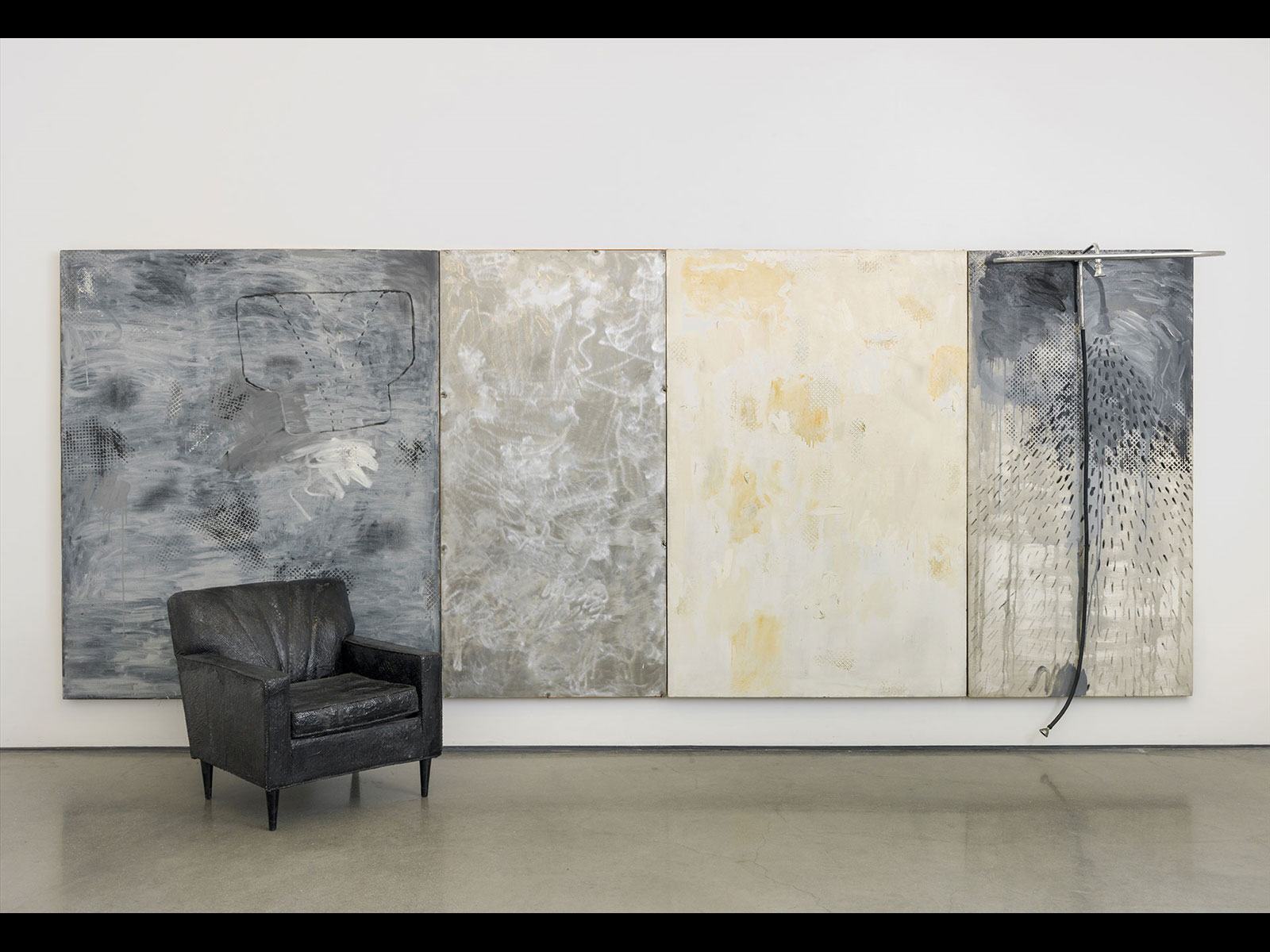
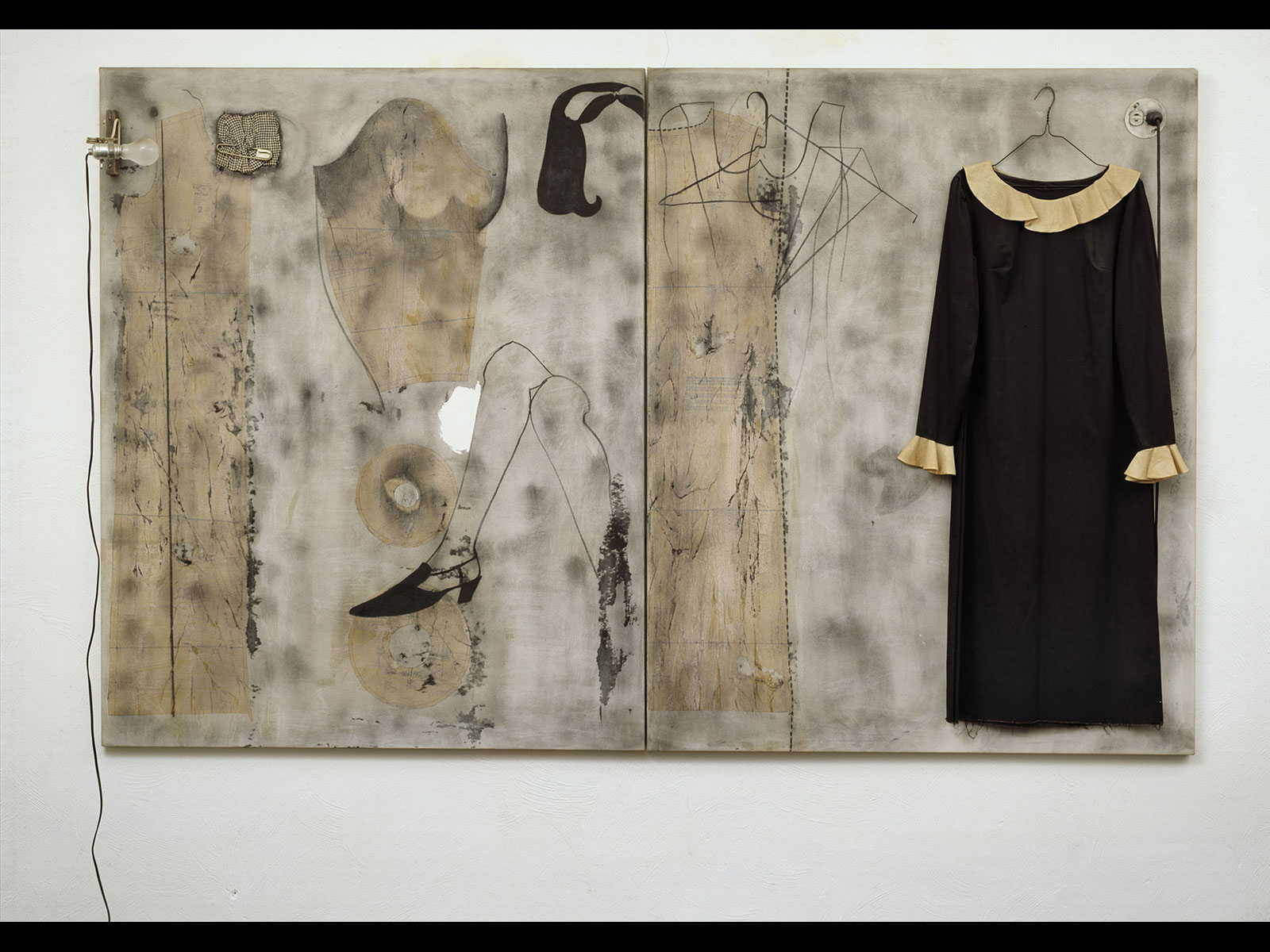
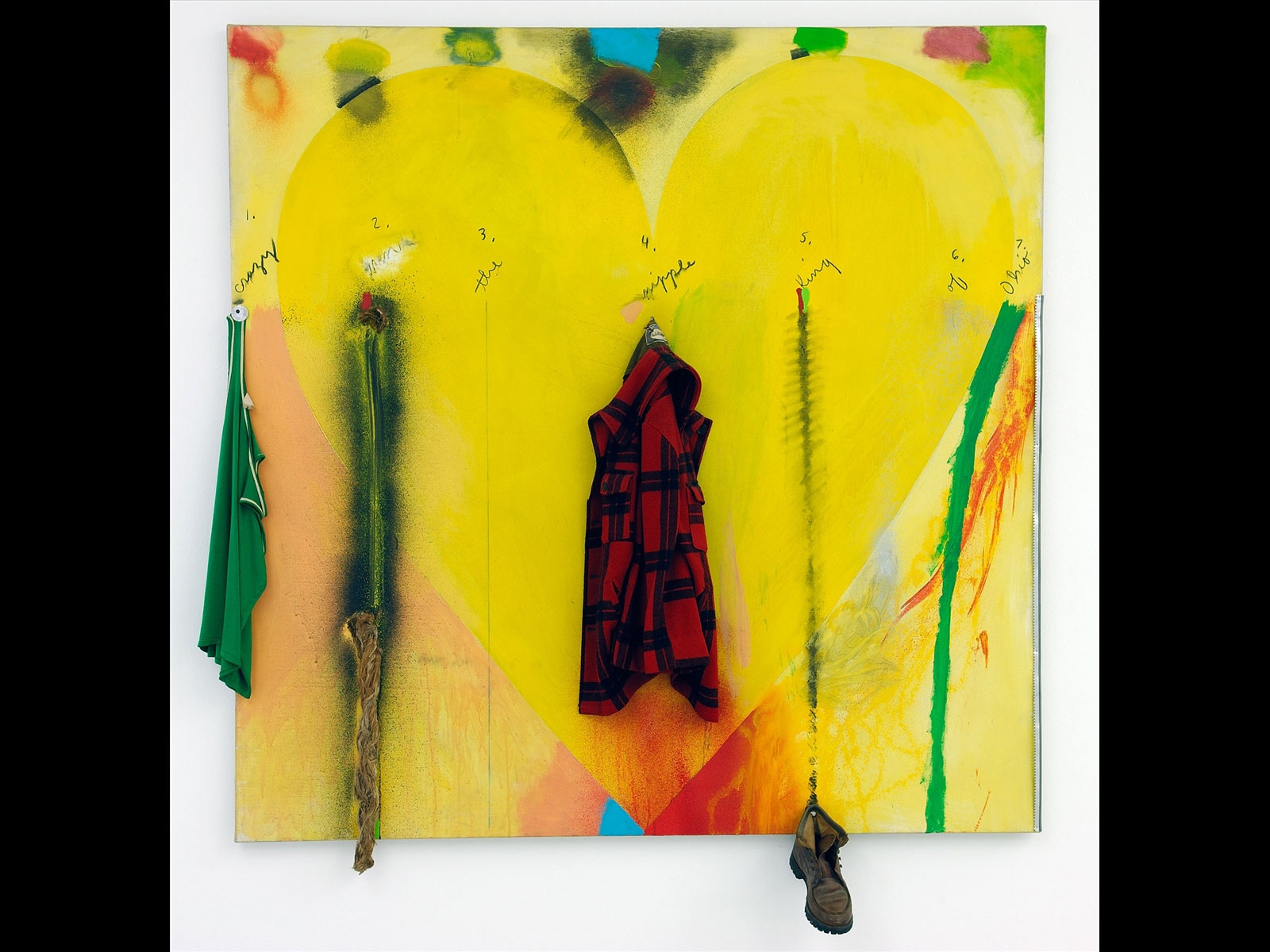
\
